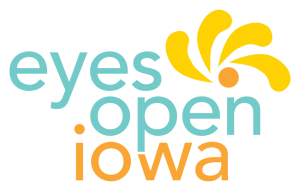SIECUS: Sex Ed for Social Change has provided trainings to thousands of individuals and nonprofit organizations across the country. SIECUS’ policy team is uniquely positioned to offer trainings for all types of policy activity and engagement at all levels of government–federal, state, and local. Our trainings our developed to enhance participant understanding of influencing public policy, learn what it takes to engage in effective advocacy, and strategically mobilize to advance sex education laws and policy.
Our trainings are designed for advocates, educators, policymakers, health care providers, parents, and youth to aid in efforts to advance sex education in every community across the country.
Trainings and workshops can be customized and combined depending on your organization’s or community’s specific needs and the intended audience.
After your training, you can follow up with any questions you may have as part of our free technical assistance program. Please email us at info@siecus.org.



